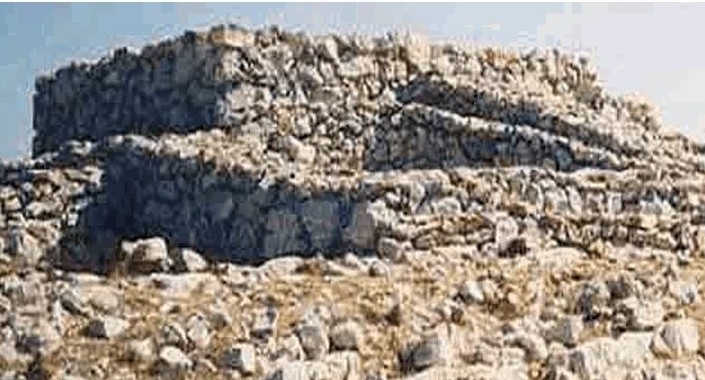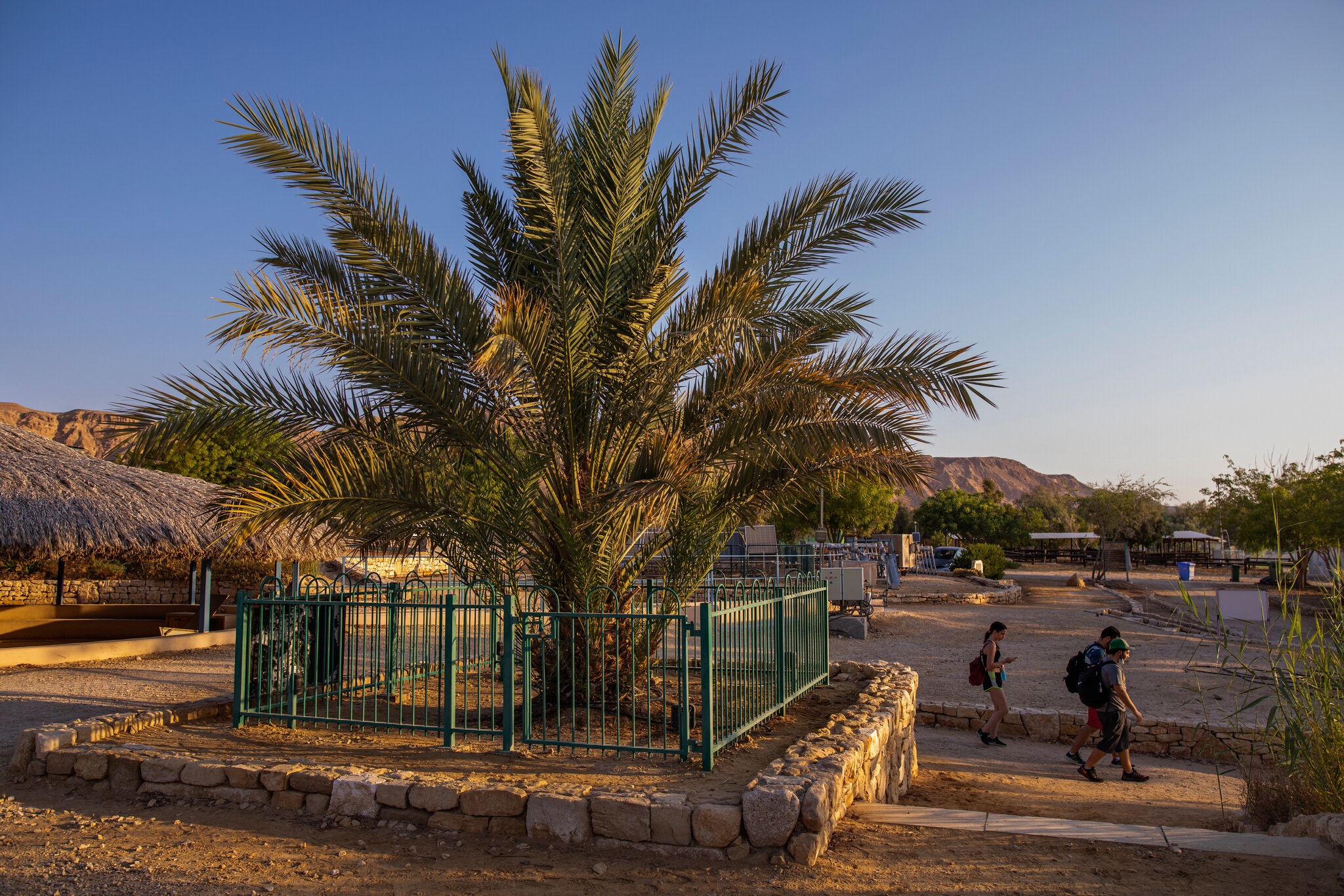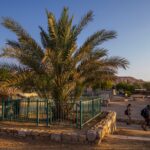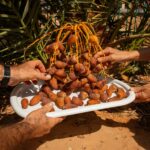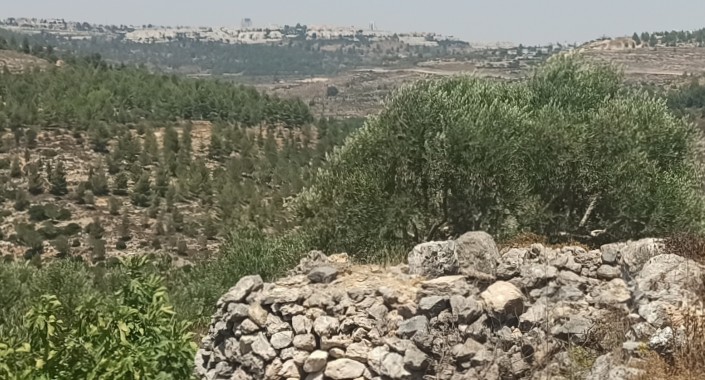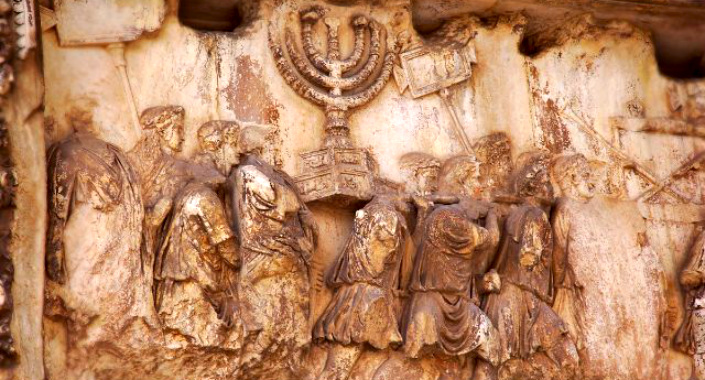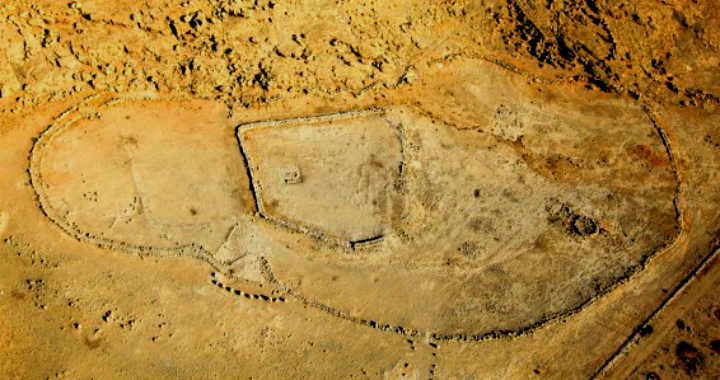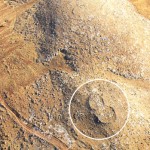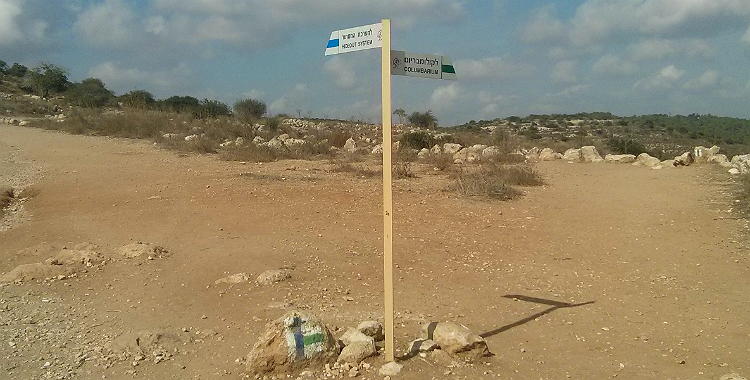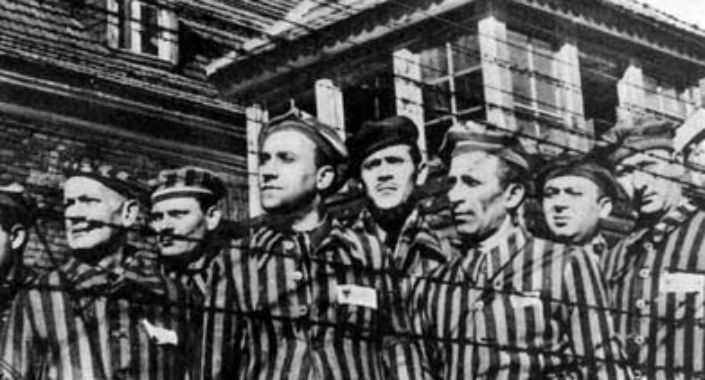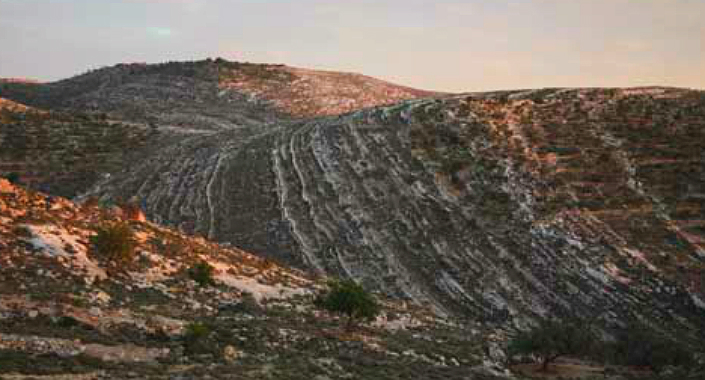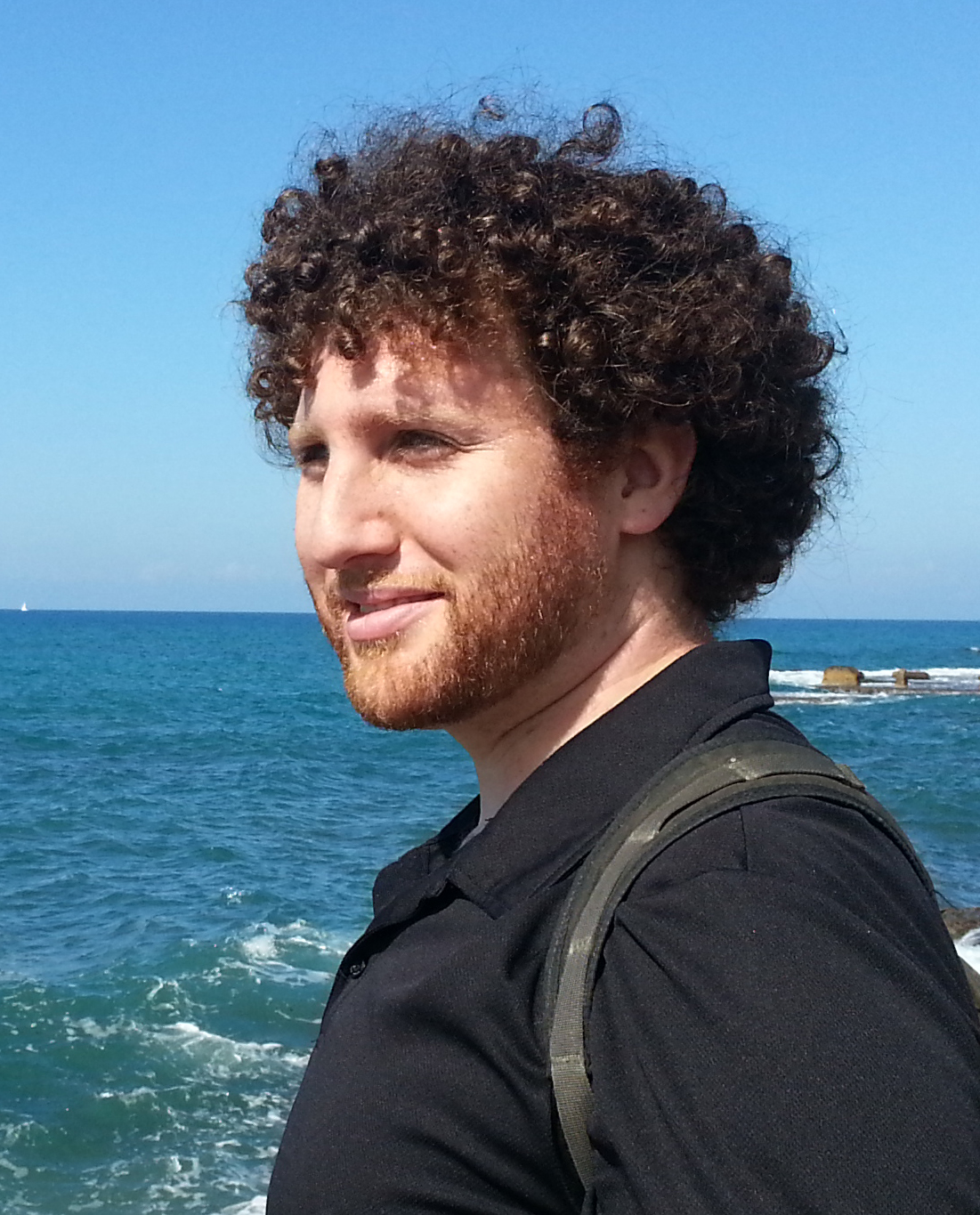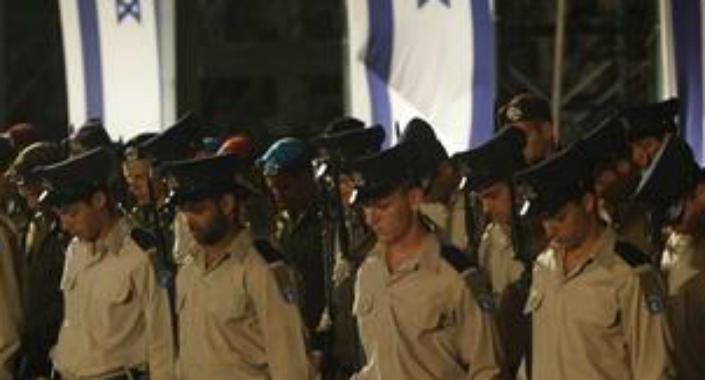
It is remembrance day in Israel now. The siren has just sounded throughout the country and I’d like to share a few thoughts
I grew up in Canada. Both of my grandfathers served in the Canadian Military as did other members of my family. That being said- Canadian Remembrance Day was important to me and had its place but for some reason Israeli Remembrance day always had a personal touch to me.
Since 2003, when I moved to Israel and joined the army my thoughts and emotions on this day have changed drastically
I served in the Nahal infantry unit and saw action in a number of areas.
During my training as an infantry soldier I began to feel a connection with every infantry soldier, a kinship with any soldier with the same beret colour, like family to everyone in my brigade and like a brother to everyone in my company.
Army training isn’t the safest thing in the world. Many mishaps occur. As months went by we were told of a few cases in which soldiers killed each other in training accidents. One evening my squad and I were talking about how we would feel if we killed one of our group by mistake. The overall conclusion was that we would feel a tremendous amount of guilt and grief strong enough to drive us to suicide.
That Friday, as is common on army bases, we got the newspapers and read of an accident that had occurred to the Golani infantry unit. A jeep had gotten stuck in mud and had then been driven over by an APC [armored personnel carrier], killing the two people in the jeep.
Having occurred so close to that conversation my squad had had, I understood the tremendous loss they must have been feeling in the unit and I felt a loss too. The feeling spread through the platoon and I realized that the whole army was mourning for those two soldiers. A few days later I visited some family in Rehovot and was told that my friend was at the funeral because he had done the commanders course with one of the soldiers in the jeep. I felt the loss from a different angle.
Time went on, our unit moved to Hevron, A few months later we moved to Gush Etzion/Bethlehem.
One day were sitting in our rec. room watching ‘Friends’ when our company commander ran into the room and yelled ‘everyone go pack your combat gear and your sleeping bags, there’s a 50/50 chance that we’ll be taken by helicopter into Gaza in the next few hours’.
In the chaos that ensued word spread that a mine had blown up an APC of the Givati Unit, killing 4. Rescue attempts had been launched resulting in a total toll of close to 13 soldiers. Terrorists had then stolen body parts from the wreckage. We were all shocked and outraged by this.
During the time I spent packing my stuff my anger changed into sorrow. Then I realized that the tragedy befell the platoon that my friend Yossi was in.
I was scared, was he still alive? I called he answered the phone, bawling his eyes out. He told me about the guys who had been killed. Once again I felt the loss from a different angle.
A few months passed, I got sick and spent two weeks in the hospital. I was then given sick leave. During that time my brigade moved from Bethlehem to Jenin. There we held three bases surrounding Jenin.
One day I was out at the beach with a friend when I got a call from my friend Ron. He said ‘Yoni, someone at one of the bases has been hit. Try to find something out!’ I called as many people as I could. No one knew anything. I called the officer who was in charge of all the wounded soldiers. She told me that she didn’t know anything. Half an hour later she called me back and told me that someone had been hit, their status wasn’t good, they were being air lifted to a hospital.
‘Who is it?’ I asked? She said that she couldn’t tell me as his parents hadn’t been notified. I was sick with worry, was it Hayim who had shared a tent with me during field week? Was it Ido who sat beside me for hours while I was in the hospital?
I called the last number I could, someone who would know and would tell me, my company commander. He told me that “It is Yair Tourjeman” “WHAT?! Tourjiman’s been hit?!” to us he had been a legend. He had done basic training with my commander, who had brought us up on stories about him.
With a sinking feeling in my stomach I called up my commander who had finished the army a few weeks earlier. He started to cry but at the same time he thanked me for telling him, and not letting him find out from the news. Then I called my sergeant who had been Tourjeman’s commander. He too started to cry.
30 days after the funeral I was standing by Tourjeman’s grave on Har Hertzel listening to his parents talk about how happy they were to have had such a good son who had helped so many people. Through misty eyes I looked around and saw the religious standing with the non religious, new immigrants standing with old Israelis Sphardim standing with Ashkenazim, all standing together untied around Tourjeman. I realized that it was due to thousands like Tourjiman that we have Israel today.
Even though I only knew of him and never actually met him, till today I feel like I lost a brother,
Two years later, during the second Lebanese war, I went out to Jaffa with a friend of mine.
That morning she had told me that her friend was in Lebanon and she was sure that he was going to die.
I spent the whole day trying to calm her down. As we were walking through the shuk (market) she got a phone call, I saw all the colour drain out of her face, and knew right away what had happened.
The funeral wasn’t going to be for a few days because Mikey was American and the army hadn’t managed to get hold of the parents. I was with all off Mikey’s friends for the days of mourning leading up to the funeral.
The funeral took place on Tisha Be’av. The Jewish day of mourning of the destruction of the Temples and every other tragedy that befell the Jewish people. Once again I was standing on Har Hertzel for a funeral.
Up until then I had been strong and not cried. But as I heard Mikey’s father saying Kaddish (a prayer that one says over a family member who dies), I imagined how it must feel to say Kaddish for the first time and the emotions just swept me away.
In the years that pass. I hear more and more stories. meet more people who have lost loved ones and the loss of Yair and Mikey grows.
On Yom Hazikaron we aren’t remembering an idea but thousands of brothers and sisters who gave everything so that we can be here today.
